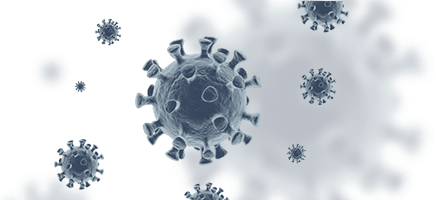化学发光试剂盒
化学发光免疫分析(CLIA),是通过化学发光测定技术结合高特异性免疫应答定量检测多种抗原,半抗原,抗体,激素,酶,脂肪酸,维生素和药物等含量的高灵敏度分析技术。 这是一种酶分析的新型免疫分析技术。
Monoclonal antibody
If you can select a make a specific antibody of plasma cells in culture, can be
formed by single cell by splitting proliferation of cells, namely monoclonal.
小分子
分子量小于500的分子,小分子一般是简单的单体物质。
多肽
肽是一种介于氨基酸和蛋白之间的生化物质,它比蛋白分子量小,比氨基酸分子量大,是一种蛋白片段。
cDNA Clone
从基因的转录产物(如mRNA)开始,逆转录合成互补DNA(cDNA),然后重组入载体,经过复制,筛选得到cDNA分子的技术。
过表达溶菌产物
有来自组织和细胞系的广泛的细胞裂解物,包括总蛋白裂解物和细胞株裂解物。组织裂解物的主要来源是病理组织和正常组织。 细胞株裂解物是在哺乳动物细胞HEK293T中过表达的全长人源蛋白的裂解物,可作为抗体验证的阳性对照。
标签/对照抗体
标签抗体能特异性地识别标签蛋白上的标签,从而对目的蛋白进行后续的鉴定和分析,常用的蛋白标签有His、HA、Myc 和 GST 等。
内参蛋白一般是由管家基因编码表达的蛋白,它们在各组织和细胞中的表达相对恒定,在检测蛋白的表达水平变化时常用它来做参照物。常用的内参抗体有GAPDH、β
-tubulin、β
-actin等。
二抗
二抗是能和抗体结合的第二抗体,即抗体的抗体,主要用于检测抗体的存在。
原代细胞
原代细胞与永生化细胞系的区别在于有限的群体倍增,在没有遗传和化学修饰的情况下,原代细胞保留了其起源组织系统的许多重要生理特性,并且非常类似于体内条件。 因此,它们为各种研究提供理想的细胞模型,从基础细胞生物学和生理学,发育生物学,疾病机制到药物筛选和治疗开发。
细胞系
细胞系指初次细胞培养物首次成功传代后已繁殖的细胞群。 它也指可以长时间传代的培养细胞(这导致了随后的有限细胞系和无线细胞系)。 因此,细胞系狭义地是指可以连续传代的细胞(在特定环境中以口语和书面语使用)。
COVID - 19 相关产品
相关试剂盒
相关抗体

重组蛋白
重组蛋白是利用重组DNA或重组RNA技术获得。本公司重组蛋白基因克隆表达平台主要包括五种表达系统:大肠杆菌,枯草芽孢杆菌,酵母,哺乳动物细胞和昆虫-杆状病毒细胞。

